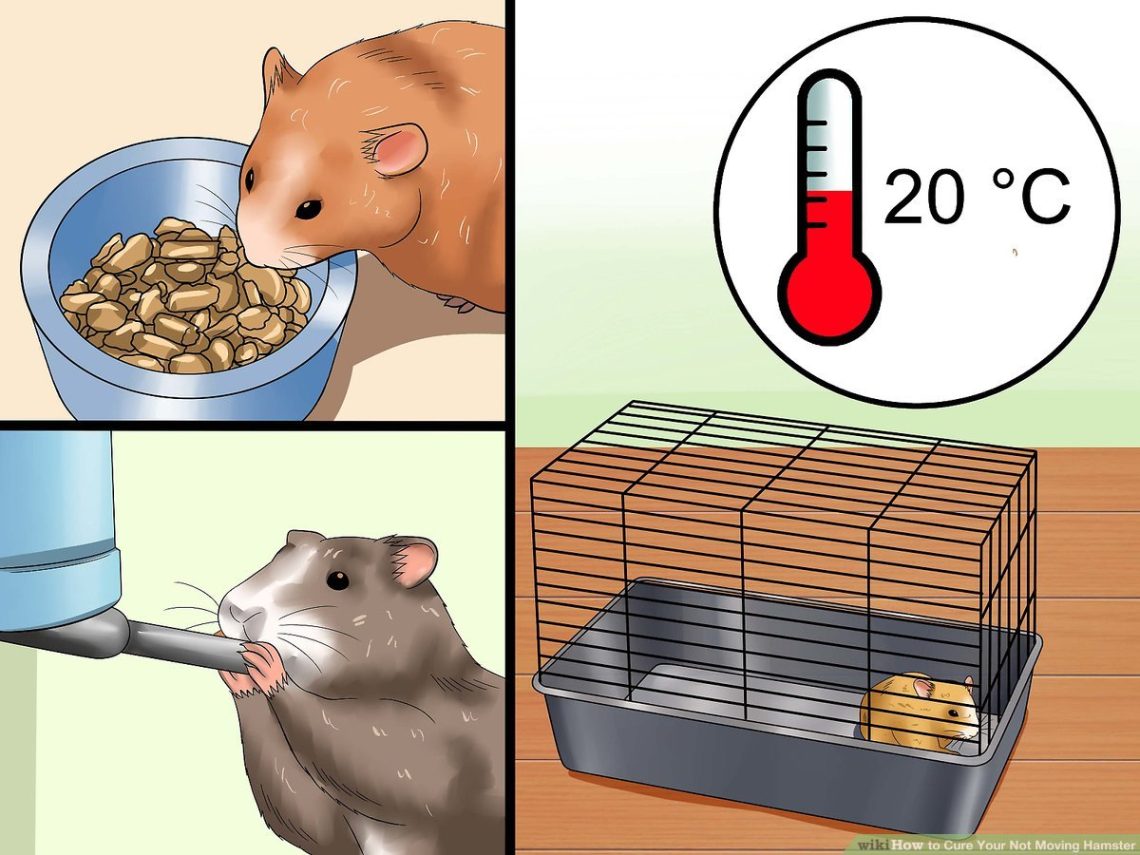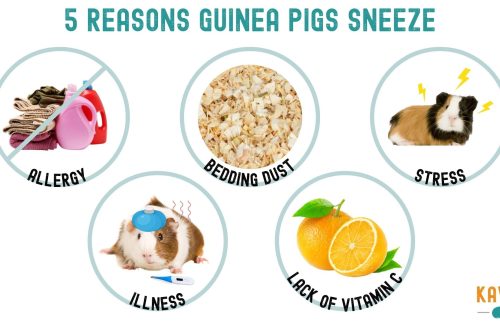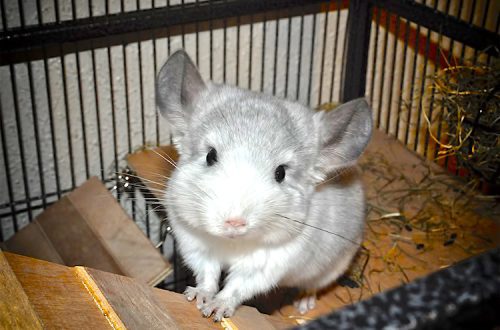
What to do if the hamster lies and does not move, but breathes

Everyone knows about the short life expectancy of hamsters. And then a terrible thing happened: it seems that the pet died. From excitement it is difficult to figure out what to do if the hamster lies and does not move, but breathes. After all, the presence of breathing means that the animal is still alive.
Before you run to the vet, you need to try to figure out why the pet lies motionless. Pay attention to other signs: whether the eyes are closed, how often the rodent breathes. If the eyelids are closed and the breathing is calm, the hamster may just be fast asleep.
Contents
If a previously healthy animal suddenly fell into a coma, it is possible that this is hibernation. Breathing will be very rare, and the pet will be cold to the touch. In nature, dzungars hibernate in winter, waiting out the cold, hunger and short daylight hours.
Low room temperature
If the heating was turned off in the apartment, or you didn’t feed the hamster for several days, leaving on vacation, this could provoke a numbness. The body will be cold, the heartbeat will be extremely rare (1 beat in 15 seconds). A sleeping hamster barely breathes, because of its small size it is difficult to understand whether there is breathing at all. But if the body remains soft, the rodent is not dead. To awaken the animal, the cage is placed in a warm room (more than 20 C), the feeder and drinker are filled. The hamster should wake up in 2-3 days.

Heat
The Djungarian hamster lives in the steppes, and the Syrian hamster even in semi-deserts, but both species are extremely sensitive to high temperatures and direct sunlight. Tiny nocturnal rodents with dense fur have no protection against overheating – they do not sweat, do not breathe through their mouths, like dogs. Heatstroke is deadly for them.
Signs of hyperthermia:
- the hamster does not move and breathes heavily;
- weakness;
- convulsions;
- violation of coordination of movements.
In acute overheating, heart failure leads to the death of a pet. Death may not occur immediately, but within a couple of days due to the failure of all organs, if the temperature has risen so much that proteins have coagulated in the blood and organs (at 44 C).
Situations where there is a risk of heat stroke:
- transportation in a car;
- cage on the windowsill or balcony, outdoors (sun);
- next to heating appliances;
- in a stuffy room with high humidity.
It can be difficult to understand why the hamster lies on its side and breathes heavily, if by the time the owner returns, the sun has already gone and does not illuminate the cage.
Treatment for heat or sunstroke
Transporting a pet to the clinic in case of heat or sunstroke is not the best solution, time for first aid will be missed. What can you do without the help of a veterinarian to help your pet:
Lower the temperature
First aid is to cool the body, but not too abruptly: applying ice, immersing the hamster in water is prohibited! The animal is placed on a tile or ceramic dish, or on a damp towel. Carefully moisten ears and paws with cool water.
Dehydration control
Heatstroke very often occurs when there is no access to fresh drinking water. When the animal is unconscious, he can no longer use the drinker. However, it is also dangerous to drink a hamster from a syringe: it will not swallow, the liquid will enter the lungs, making breathing difficult and causing pneumonia.
The liquid (sterile Ringer’s solution or sodium chloride) is administered subcutaneously in 4-8 ml to Syrian and 2 ml to Djungarian hamsters.
Antishock Therapy
Although all strong medications are best used as prescribed by a doctor, in a situation with acute overheating, a hamster may not live to see a ratologist. If it seems to you that there is nothing to lose, you should inject intramuscularly (in the hind leg) prednisolone 30 mg / ml with an insulin syringe. The dose of the jungaric is 0,05 ml, the Syrian is 0,1 ml.
The prognosis is unfavorable: the pet may die
Whether a pet survives may depend on how long it has been exposed to high temperatures. If the hamster did not die immediately, on the first day after overheating, the owner often notices that the hamster rolls over on its side and can barely walk. Neurological disorders are associated with cerebral edema, and if the pet survives, then the coordination of movements will gradually recover.
Other diseases
If the hamster is breathing frequently “out of the blue” without being frightened or tired, this indicates respiratory or heart failure.
Pneumonia
It is necessary to listen to the breathing of a tiny animal – wheezing, gurgling, sniffing indicate problems with the lungs. If your hamster has been lethargic and reluctant to eat recently, it could be pneumonia (pneumonia). The animal simply has nothing to breathe, so he tries not to move and freezes in one place.
Treatment consists of antibiotic therapy – for small rodents, Baytril 2,5% is traditionally used at a dose of 0,4 ml per 1 kg of body weight (for a 50-gram jungarian, this is 0,01 ml). Injections are made subcutaneously 1 time per day for 10-14 days.
Agony
If the hamster lies motionless with his eyes open and breathing heavily, and before that he was sick for several days, then he dies. A rodent in agony cannot be helped, even an experienced veterinarian can only end the suffering by euthanasia of the animal.
Think about whether the hamster had wet hair in the tail area (a sign of diarrhea), a sudden increase in the contours of the abdomen, or sudden weight loss. The metabolism of hamsters is very fast, so they cannot get sick for a long time: without proper treatment or in case of severe problems, they “burn out” in a few days.
Conclusion
Decorative hamsters have fragile health, and yet the animal can live its entire short life without getting sick. To do this, you just need to follow the simple rules of feeding and keeping. In case of unforeseen circumstances, you need to find out in advance where to run for an appointment with a rodent – general practitioners will not be able to provide qualified assistance. And do not despair if the hamster lies and does not move, but breathes: perhaps not all is lost.
The hamster lies motionless: reasons
3.7 (74.42%) 43 votes






